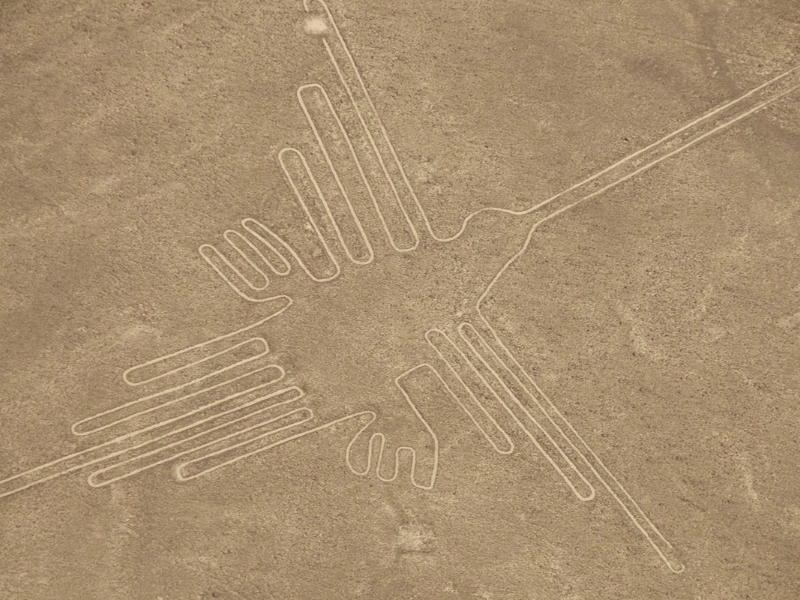The Nazca Lines: Enigmatic Desert Art of Colossal Proportions
Advertisement
4. Theories and Speculations: Unraveling the Purpose of the Lines

Advertisement
Since their discovery, the Nazca Lines' intended use has been hotly contested and subject of conjecture. Over the years, many ideas have been put out—from more fanciful interpretations to scientific possibilities. Although no one explanation is agreed upon everywhere, every one helps us to grasp its timeless beauty.
One of the first and most tenacious ideas is that the lines had astronomical use. Paul Kosok and Maria Reiche suggested the Nazca Lines served as a massive astrological calendar. They proposed that at significant times of the year, such solstices, the lines matched the locations of celestial bodies. According to this view, the Nazca people tracked seasonal variations vital for agriculture by means of the lines. Critics counter that given the great number of lines, some alignments have been noted could be coincidence.
Another well-liked view holds that the lines were designed for ceremonial or religious needs. According to some experts, the geoglyphs were intended for view from above by the gods. Making and preserving these enormous drawings could have been a means of communication with gods or a kind of worship. This idea fits the documented spiritual customs of many ancient Andean societies, which sometimes included extensive landscape changes.
A more pragmatic reading suggests that the lines connected to water. With the Nazca region's dry environment, water was a valuable resource. Certain academics speculate that the lines and figures might have been employed in ceremonies to identify the sites of subterranean water supplies or pray for rain. This argument gains some validity from the fact that several lines seem to lead to water supplies.
Over years, more dubious ideas have also surfaced. In his book "Chariots of the Gods?" Erich von Däniken famously proposed that the lines were landing strips for alien spaceships. Although the scientific community has mostly rejected this idea, it shows the great range of conjecture the Nazca Lines have generated.
More recent studies have brought fresh ideas. According to some archaeologists, the building of the lines was a group activity meant to unite Nazca civilisation. The combined work needed to organise and carry out such big-scale initiatives could have been a means of social cohesiveness and shared cultural expression.
As technology develops, fresh approaches of research are illuminating previously unresolved issues. Fresh perspectives on the design and intent of the lines are coming from satellite photos, drone surveys, computer modelling. These instruments let scientists test hypotheses with hitherto unheard-of accuracy, find fresh geoglyphs, and examine trends.
Although the actual meaning of the Nazca Lines may never be established for sure, both academics and the general people are still enthralled by continuous study and discussion on them. Whether generally accepted or not, every idea helps us to better grasp Nazca culture and pushes us to consider the capacities and reasons of past societies creatively.
Advertisement
You May Like

